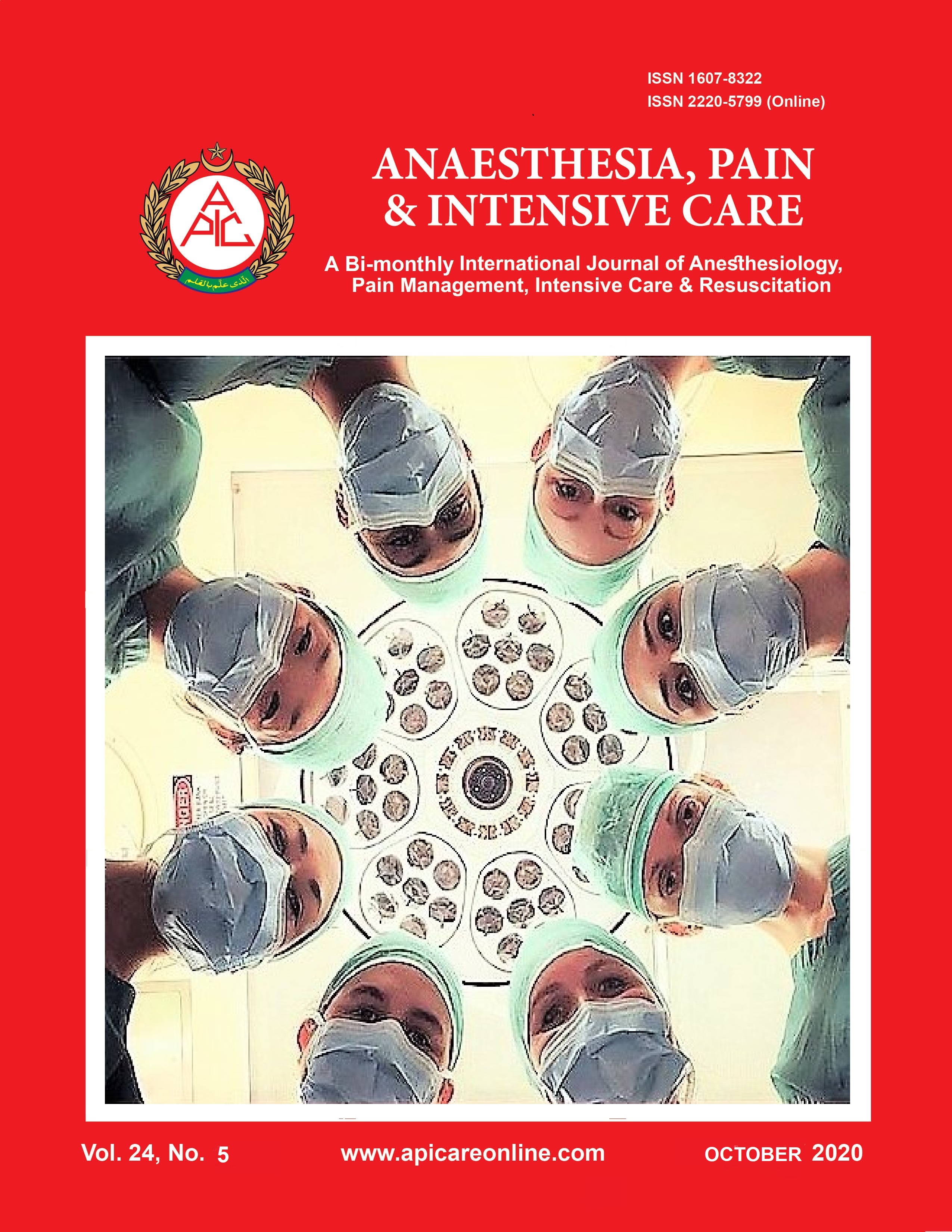A pilot study of reliability and validity of Turkish version of West Haven-Yale Multidimensional Pain Inventory in patients with low back pain
Abstract
Background: West Haven-Yale Multidimensional Pain Inventory (WHYMPI), used in the evaluation of patients with chronic pain including behavioral and cognitive assessment, is a multidimensional pain scale consisting of three main sections and 12 subscales. The validity of this inventory has been supported by various study results of confirmatory and exploratory factor analytic procedures. The aim of our present study was to investigate the validity and reliability of the Turkish form of the West Haven-Yale Multidimensional Pain Inventory (WHYMPI-T).
Methodology: 41 patients, with a minimum 3 mon history for chronic non-specific low back pain, without previous surgical history, neurological and rheumatic diseases, and without communication problem; completed Brief Pain Inventory (BPI), McGill Pain Questionnaire (MPQ), Beck Depression Inventory (BDI) and the Short Form-36 (SF-36) scales. The measurements were repeated in fifth days.
Results: Significant difference between WHYMPI-T lower and upper group averages was found. Internal consistency analysis of the scale, Cronbach's α coefficient ranged from 0.93 to 0.99 for B and C sections. All the items of A, B and C sections were found compatible with each other in the item analyses and scale test-retest results were congruent with each other. Between WHYMPI-T subscales and BPI, MPQ, BDI, SF-36 scales, a positive correlation was observed.
Conclusion: The results of our study confirm that WHYMPI-T is a valid and reliable instrument which can be used for the evaluation of chronic non-specific low back pain.
Key words: West Haven-Yale Multidimensional Pain Inventory; WHYMPI; WHYMPI-T; Low back pain; Validity; Reliability
Citation: Gulcelik GE, Malkoc M, Ozbek H, Ozer AY. A pilot study of reliability and validity of Turkish version of West Haven-Yale Multidimensional Pain Inventory in patients with low back pain. Anaesth. pain intensive care 2020;24(5):521-531
Received: 13 September 2020, Reviewed: 17 September 2020, Accepted: 23 September 2020














